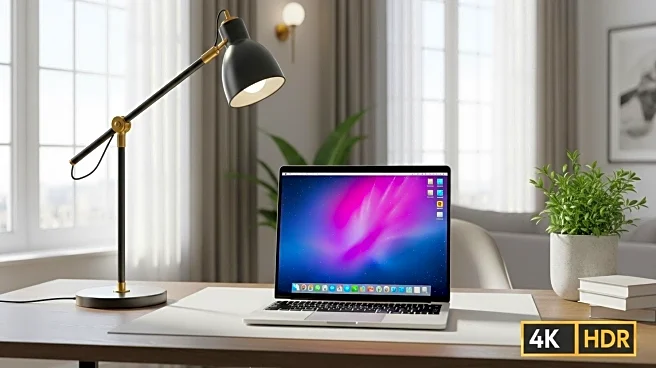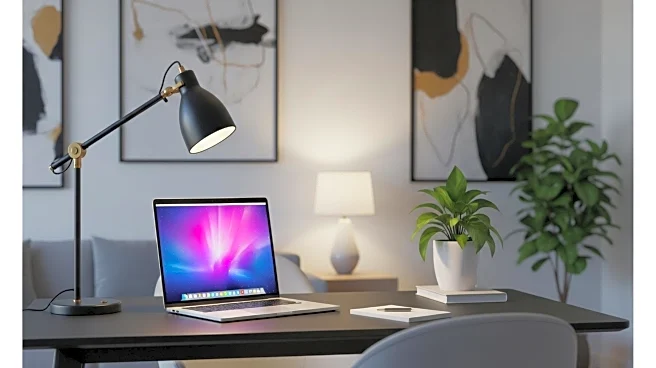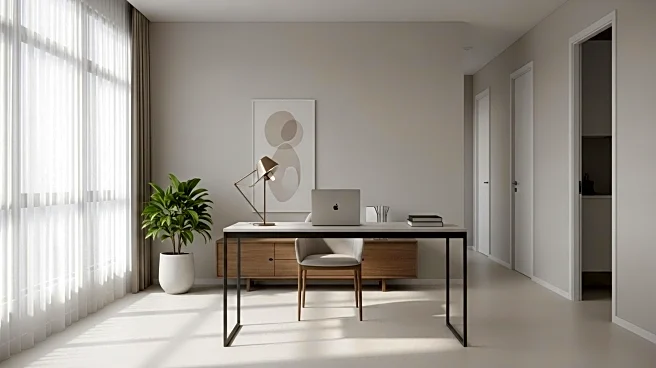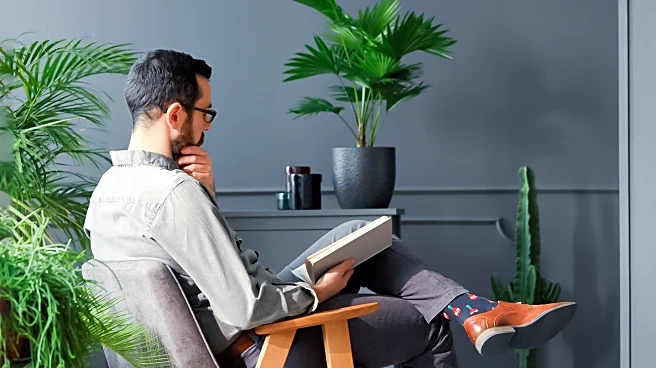What's Happening?
A growing trend among young tech founders is the adoption of live-in office spaces, which blend residential and work environments to enhance creativity and flexibility. Companies like ThirdLayer operate out of lofts that serve both as living quarters and office spaces. These setups often include beds, couches, and minimal kitchen facilities, reflecting a lifestyle where work and personal life are intertwined. Founders and employees share spaces, with some opting for unconventional sleeping arrangements such as air mattresses and couches. This approach is seen as a way to foster a close-knit team environment and streamline operations, particularly for startups focused on rapid growth and innovation.
Why It's Important?
The integration of living and working spaces among tech startups highlights a shift in workplace culture, emphasizing flexibility and creativity over traditional office setups. This trend could influence broader business practices, encouraging companies to rethink how they utilize space and manage employee work-life balance. By reducing overhead costs associated with separate living and office spaces, startups can allocate more resources to product development and market expansion. However, this model may also raise concerns about employee burnout and the blurring of boundaries between work and personal life, prompting discussions on sustainable work practices.
What's Next?
As this trend continues, it may lead to more startups adopting similar live-in office models, potentially influencing larger companies to explore flexible workspace solutions. The success of these environments could prompt further investment in co-living and co-working spaces, particularly in urban areas where real estate costs are high. Additionally, there may be increased scrutiny on the impact of such arrangements on employee well-being, leading to potential regulatory considerations or industry standards for live-in workspaces.
Beyond the Headlines
The live-in office trend may also have cultural implications, as it challenges traditional notions of work-life separation and promotes a lifestyle centered around work. This could lead to shifts in societal expectations regarding work hours and personal time, particularly among younger generations who prioritize flexibility and innovation. Furthermore, the trend may influence urban planning and real estate development, as demand for multi-functional spaces grows.










